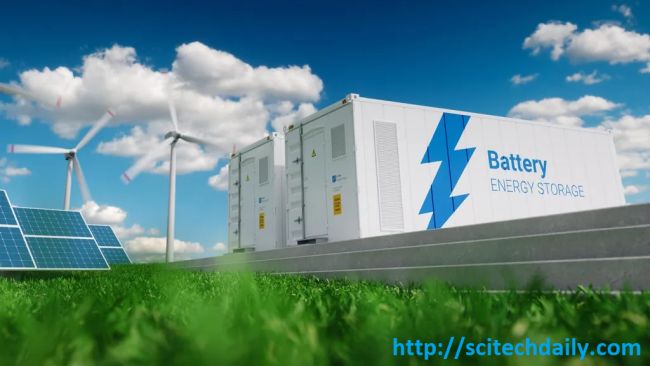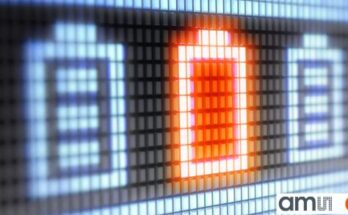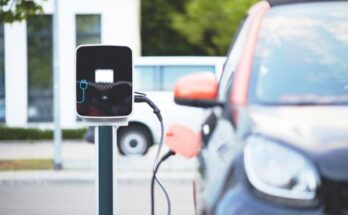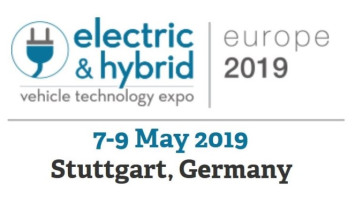Li-ion based batteries have dominated the applications of powering mobile devices and EVs (electric vehicles) in the last decades. Li-ion batteries have many advantages including high power density, low self-discharge rate, high cell voltage and no memory effect, etc. Li-ion batteries have also many well-known disadvantages that researchers have endeavored to overcome for years, such as safety concerns about overheating and overvoltage, aging, and increasing cost due to depleting mining of Lithium resource. Addressing these issues requires more intensive studies of improving Li-ion battery design and manufacturing. On the other side, new technologies are emerging to challenge the dominant role of Li-ion in the areas of renewable energy and EVs.
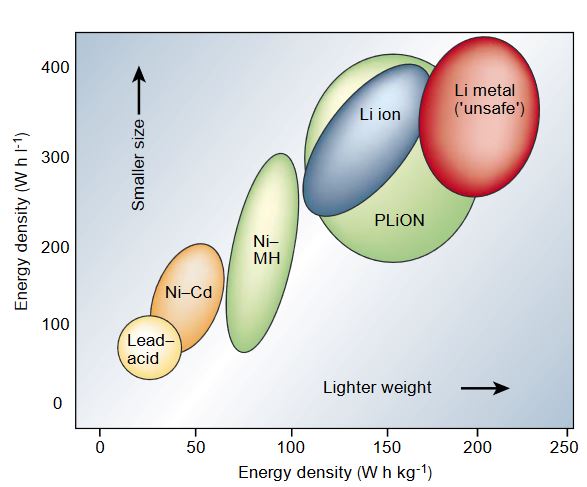
Recently, a research team at MIT and cooperating institutions reported their findings of using low-cost materials from aluminum and sulfur as battery electrodes and a molten salt electrolyte made of NaCl-KCl-AlCl3 in between. The report was published on Nature in August 2022. The results were surprisingly good. The new battery materials are not only cheap, but also non-flammable, thus completely free of the risk of burn or explosion. Their test results show the new batteries made of aluminum and sulfur can be recharged for hundreds of cycles, and the rate of recharging are extremely fast. In some of the tests, the recharging took less than one minute. Even more promising, the price of the new battery can be as low as 1/6 of the Li-ion battery with the same size. It’s reported that the new battery can work at temperatures up to 200 Deg-C and it’s very interesting that the battery works better at elevated temperatures. For example, the recharging rate at 110 Deg-C is faster by 25 times than that at 25 Deg-C. The battery does not need external power to maintain the high temperature but just rely on the internal charging-recharging cycles to keep the optimal working temperature. A significant advantage of using NaCl-KCl-AlCl3 as the electrolyte is its low melting point and coincidentally, the electrolyte offers a key advantage of this new battery that is resistant to dendrite formation, which is one of the key issues bothering researchers for decades. The dendritic shorting in Li-ion batteries is one cause of fire hazards.
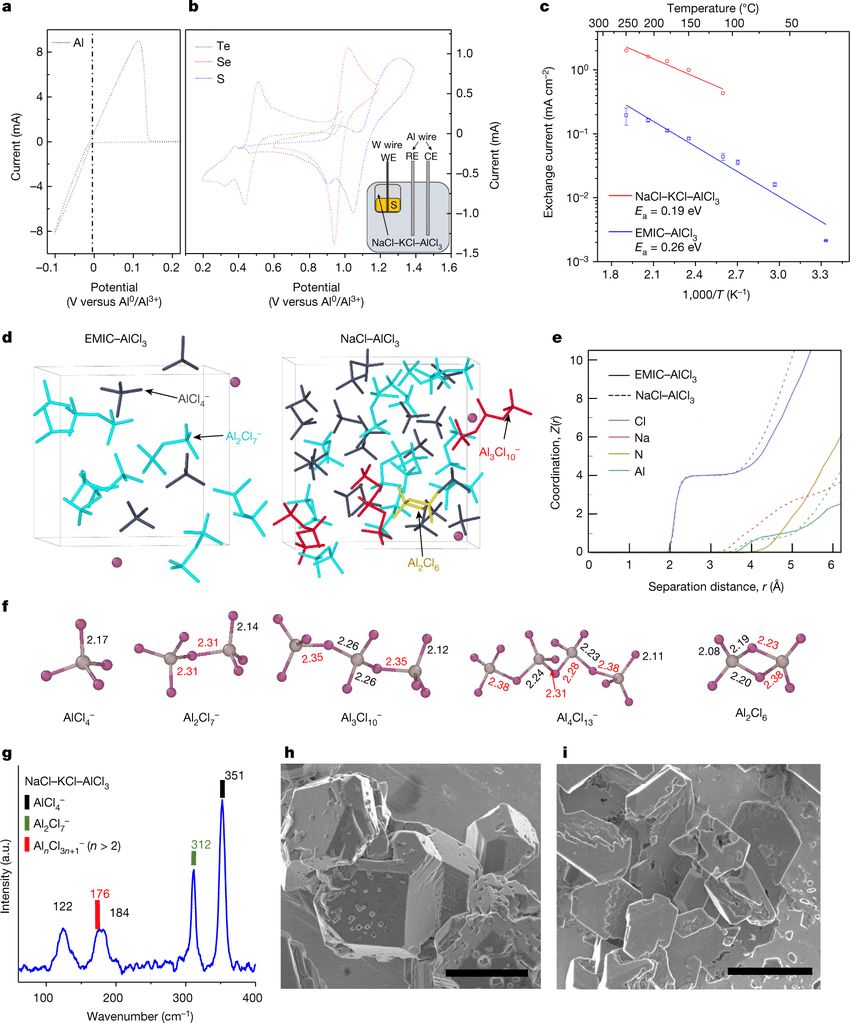

The team reported that the new battery is most suitable for tens kWh applications, such as household renewable energy storage and EV recharging post due to fast charging. We can envision the future of the fast charging and low-cost battery will be bright as the need for storage of fluctuating renewable energy, such as wind and solar, keeps growing. A spin-off company named Avanti is granted the right of using the patent for manufacturing.
Reference
Tarascon, JM., Armand, M. Issues and challenges facing rechargeable lithium batteries. Nature 414, 359–367 (2001). https://doi.org/10.1038/35104644
Pang, Q., Meng, J., Gupta, S. et al. Fast-charging aluminium–chalcogen batteries resistant to dendritic shorting. Nature 608, 704–711 (2022). https://doi.org/10.1038/s41586-022-04983-9
Deng, D. (2015). Li‐ion batteries: basics, progress, and challenges. Energy Science & Engineering, 3(5), 385-418.

